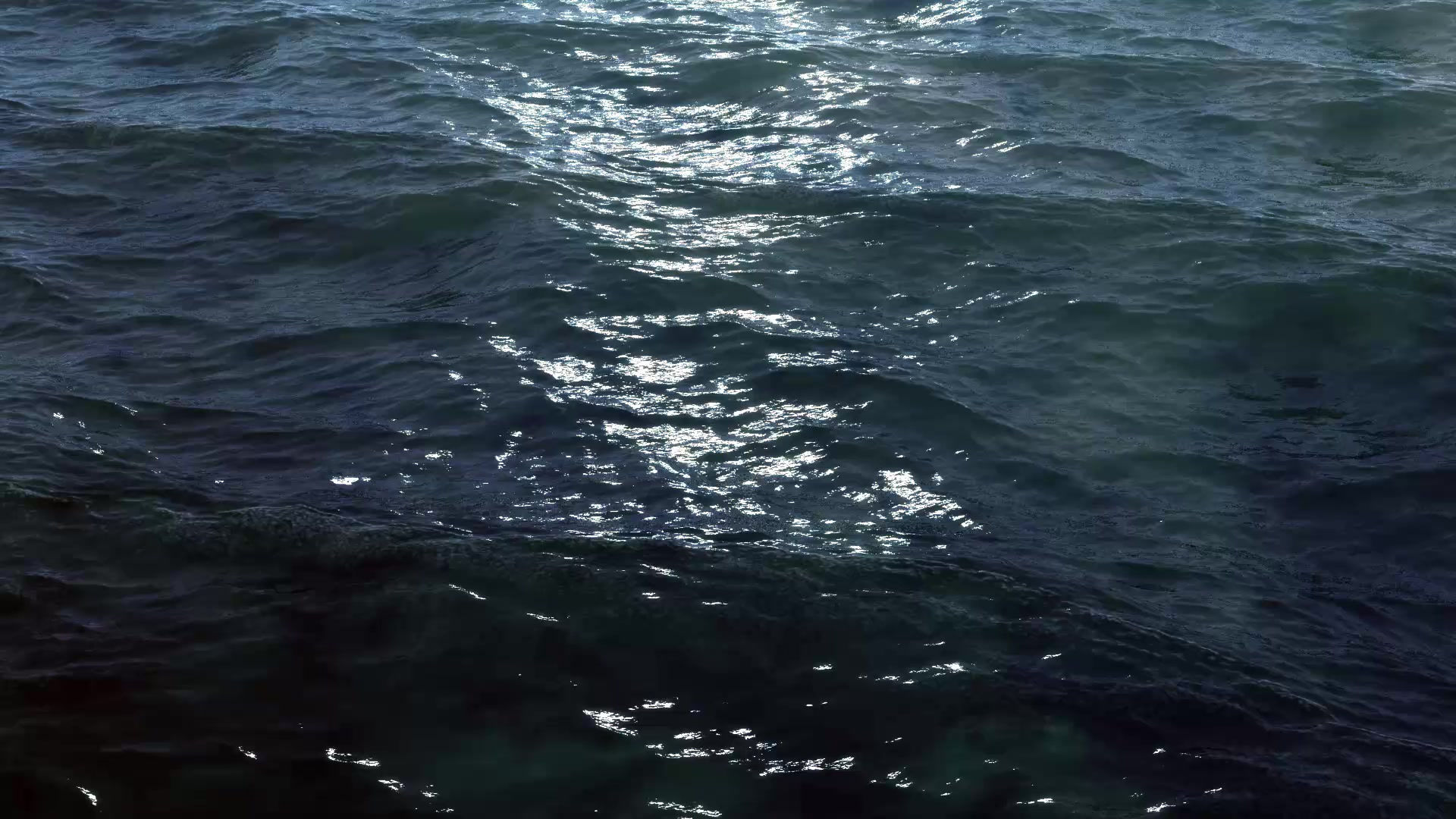


A cruise is defined as a vacation trip by ship (Mancini 2011). There are a variety of different types of cruises. They can be on the ocean, on a river, round trip, one-way, 3-nights, or 180-nights. Usually a cruise lasts about one week and consists of both sea days and port days.
However some cruise lines offer "cruises to nowhere," where passengers spend all of their vacation on the ship with no port days.
Growth of the Industry
The cruise line industry is a fast growing trend. In 2012, there were 20.9 million passengers that sailed on a cruise and in 2017 it is estimated that 25.9 million passengers will sail (CLIA 2016). This is a huge increase of population over a short time period. There are 26 new cruise ships on order right now (CLIA 2016). Passengers and ships are not the only aspects on the rise in the cruise line industry. The industry provided 38 billion dollars in salaries and wages in 2015 (CLIA 2016). With the size and popularity of the industry growing there are some issues and concerns that come with it. A few of these issues include environmental impacts, safety, and the impact of tropical storms on the industry.
Work Cited
CLIA. (2016 December). 2017 cruise outlook industry. Retrieved from https://www.cruising.org/docs/default-source/research/clia-2017-state-of-the-industry.pdf?sfvrsn=0
Mancini, M. (2011). The CLIA guide to the cruise industry. Clifton Park, NY: Delmar Cengage Learning.

INTERVIEW WITH RACHEL SMITH
To learn more about this topic I spoke with Rachel Smith, professor of the Introduction to the Cruise Line Industry course at Illinois State University and frequent cruiser. Rachel has been on 8 cruises and is planning another cruise for January of 2018.
In what ways is the cruise line industry growing?
Asian markets are growing and river cruises are becoming more popular. More ships are always being built. More people are using travel agents because it is a unique way to travel and tourists feel like they don't know enough about it to book on their own. More private islands are being purchased. Norwegian just bought two private islands. Cruise lines have also started niche marketing, where the sailing will have a certain theme. Music, T.V. shows, and culture are popular themes. Cruise lines are beginning to market to millennials. Normally, the cost to book a single room is more expensive on a cruise ship. Norwegian has started offering smaller single rooms and charging less to target millennials that want to travel alone. They are also offering more of a freestyle cruising, where there is no formal dress required and no reservations. Cruise lines also started being more environmentally friendly to attract millennials.
Why do you think cruising is becoming such a popular vacation?
- I think because they are all inclusive and because of niche marketing. Cruise lines are always introducing new things which attracts new people.
Why do you think some individuals are hesitant to cruise?
- I think because of confined space and sea sickness. People are afraid of the unknown. There is a lot of inconsistency in cruise lines and it is difficult to understand the pricing which can make people feel overwhelmed. For example, a cruise line may advertise a free open bar, but charge passengers 18% gratuity fee a day for the bar.
THE CRUISE LINE INDUSTRY

Introduction
